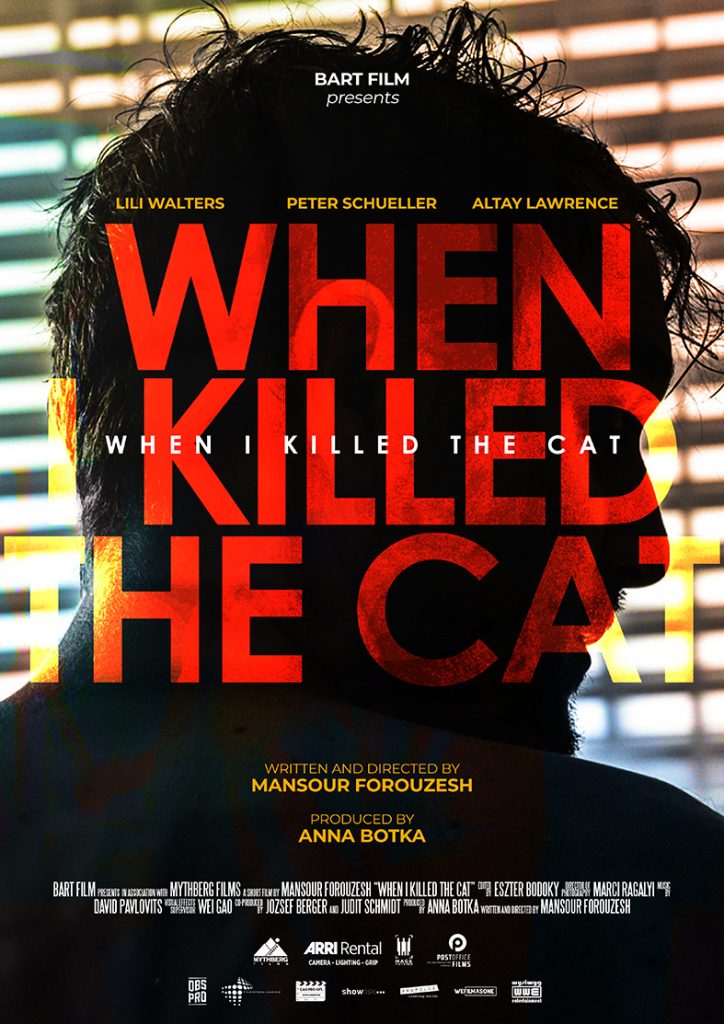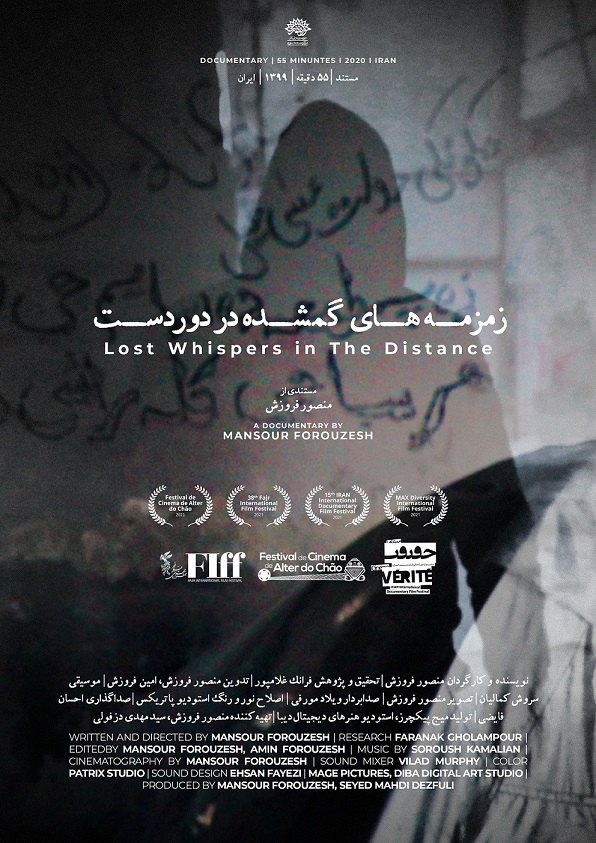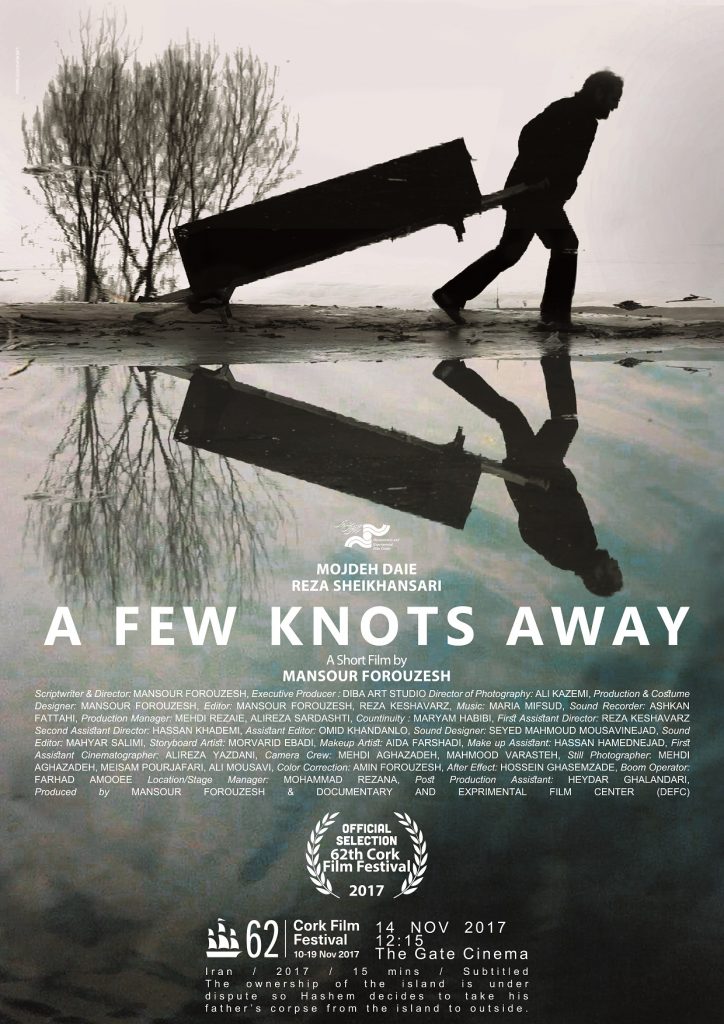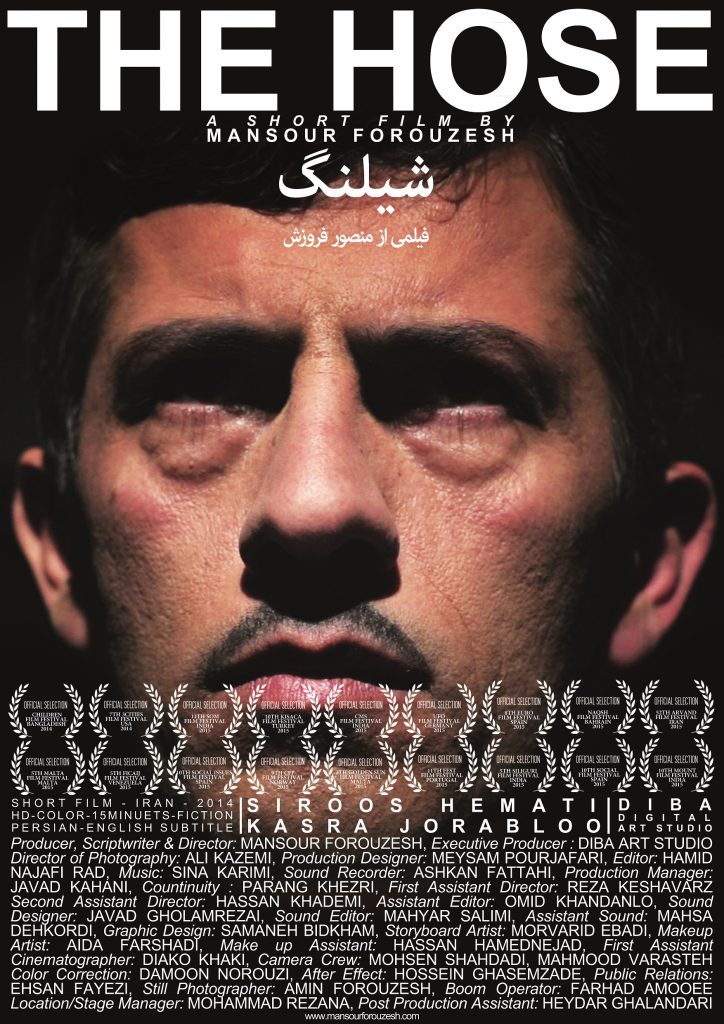By Mona Monsefi
Mansour Forouzesh, in his exhibition, [IN]visible Meaning, depicts two collections, Fear and Comfort Zone, both ultimately presenting his philosophical approach to the definition of meaning. Fear expresses his experience of the strain on people through social media during the Covid-19 pandemic and Comfort Zone, an ongoing black-and-white project started in 2017, illustrating a critical view of city escapes. Both collections challenge the audience to observe and redefine the meanings [IN] patterns that are visible to them.
Observer, a photograph from Comfort Zone, is the most suitable photo to describe the artist’s mindset, revealing what to expect in this collection. Observer portrays floating cameras behind glass, merged with a reflection of a human figure and a building in the background. This photograph is independent of time and space. In this work, deciding who the observer is could be challenging, whether it is the human, camera, photographer, or combination. The three main elements of Observer are the recurrent themes, which are the viewer, the organic beings, and the heavy space wrapping around them. The artist presents the fast-moving time and ever-changing aspects of space in an urban environment. Each snapshot offers an effectively established composition and wrestles to freeze a moment to extract meaning. Comfort Zone constructs order in chaos and foregrounds fragile beings, naming humans and birds. Comfort Zone is an elegant union of many forms of contrasts. Forouzesh, in this collection, puts organic and delicate features in contrast with large buildings in urban spaces, creating tension between the two. These two forces push each other’s boundaries to rule the space. Sometimes, the organic elements create their own comfort zones within the concretes, as seen in the photo Surrounded, illustrating travelers in a nest-like space made of heavy architectural structures. Sometimes they are overpowered by the space and turned to concrete, as seen in the photo Prisoner, which shows a statue of a man looking up as if he is sinking. There are also moments of harmony between the organics and the urban space, as seen in Recall, showing an umbrella protruding from the concrete blocks in a Holocaust memorial and Home, illustrating a massive apartment building. In the last two examples, organics blend with metals and concretes to form comfort zones.
The photographs’ relatively minimal compositions and high contrast black and white nature eliminate the distracting elements, urging the viewers to redefine their understanding of their surroundings. The persistence in creating compositions made of solid, angular, and linear structures works well to show the swiftness of urban lifestyle in the absence of the typical elements for this purpose, such as the presence of a crowd or manipulation of the shutter speed. The various points of view also play a role in this collection. One would naturally experience these angles by walking in the city. In addition, being black and white, creates a sense of documentation, which incidentally is the artists’ primary expertise. On the other hand, the Fear collection has a fixed point of view that creates a feeling of a need for control in the viewer.
Fear illustrates a series of photographs of everyday objects being frantically sanitized to slow the spread of the Covid-19 virus in the hope of preventing contraction during lockdowns. During this time, the meanings of the ordinary phenomenon became highly individualized and politicized based on one’s personal life. Excerpts from social media accompany the artworks, warning and informing their audiences. Whether accurate or not, the news immediately affected the population and caused fear. The colored pictures of Fear resemble the images from social media, consistent with news Excerpts.
This series also has documentation and narrative quality, but it is staged. This collection, too, similar to Comfort Zone, plays with the idea of anchoring down and making sense of the surroundings by finding solace in chaos. It exhibits extremes by contrasting different textures in the images. The contrasts are both in the visual elements and also the meanings. Among the visual contrasts, the images of soft foams against the hard packaging of coffee, rice or broken eggs are noticeable. On the other hand, contrasted textures in this series can intensify the meaning as well, such as the instability of foams against a wristwatch that could convey a sense of a waste of time.
Another thing that connects these two collections is the absence of a tailored meaning that would typically put one’s mind at ease. This absence plays into one’s frustrations.
Both collections present a sense of inner dialogue and solitude as an observing outsider in a crowd. The creator of the works, similar to the viewers, is overwhelmed by the environment. They could seek refuge in the comfortable definitions or the notion that the meanings that we are used to are no longer adequate.




